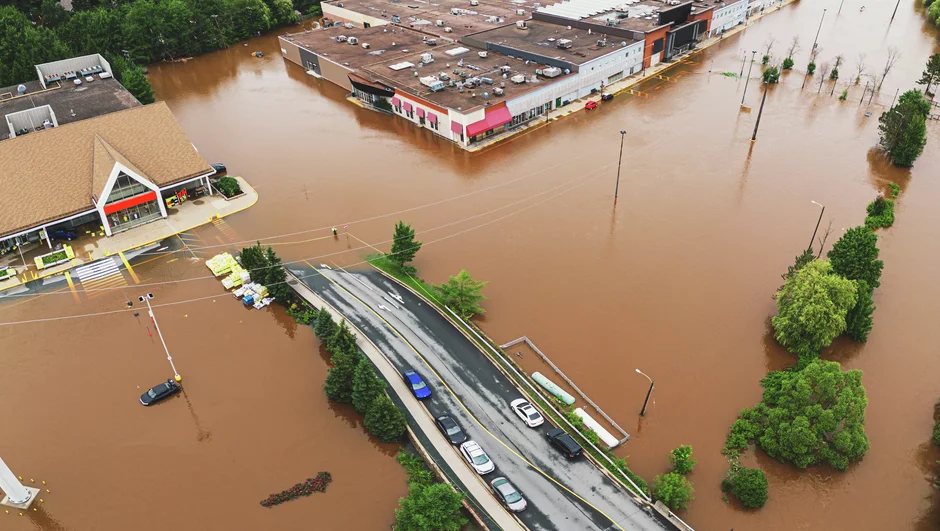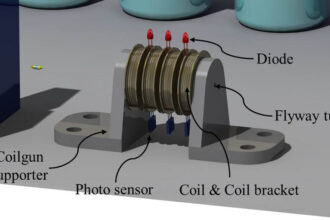When hurricanes level coastal towns, earthquakes shake city foundations, or floods wash away entire neighborhoods, chaos follows. While first responders focus on saving lives, another set of professionals quietly begins the long road to recovery—loss adjusters. These behind-the-scenes players are essential to the process of restoring stability for homeowners, businesses, and entire communities.
In the aftermath of natural disasters, insurance companies turn to loss adjusters to assess the damage, estimate repair costs, and determine the value of claims. It’s a job that mixes logistics, technical assessment, and emotional intelligence, all while under immense pressure and in unpredictable conditions.
Natural Disasters: Triggering a Surge in Claims
The Immediate Aftermath
When a disaster strikes, the volume of insurance claims can skyrocket within days. From homeowners reporting roof collapses to businesses facing total loss, the floodgates open. Insurers face the daunting task of managing thousands—or even millions—of claims simultaneously.
Loss adjusters are deployed rapidly to the affected zones, often traveling from across the country or internationally. Their job is to bring order to the chaos, triaging the most urgent cases and beginning the process of documentation and assessment.
Disaster Zones as Field Offices
In the case of major hurricanes or wildfires, insurance companies often set up temporary field offices. These mobile units become the hub for adjusters working in the area. Adjusters are assigned to cases, equipped with specialized tools like drones, satellite imaging, and mobile software for on-the-spot data collection.
How Insurance Companies Deploy Loss Adjusters
Coordination and Resource Management
Deployment starts with assessing the scale of damage using early data, such as weather reports, satellite images, and preliminary news footage. Insurers determine the regions with the highest concentration of policyholders and send loss adjusters accordingly.
Triage Approach to Claims
Given the overwhelming volume of claims, the loss adjuster uses a triage method:
- High-Priority Claims: Total loss, dangerous living conditions, or claims involving hospitals or emergency services.
- Mid-Priority Claims: Significant damage but livable conditions.
- Low-Priority Claims: Cosmetic damage or minor repairs.
Tools of the Trade: Technology in Adjusting
Mobile Tech and On-Site Assessment
Modern loss adjusting relies heavily on mobile apps, digital forms, and real-time communication tools. Adjusters use tablets and smartphones to record damages, take photos, fill reports, and even get on-the-spot quotes from contractors.
Drones have become game-changers, especially in inaccessible areas. Adjusters use them to capture high-resolution images of rooftops or flood zones, making assessments without putting themselves in harm’s way.
Data Analytics and Automation
Some insurance companies now use AI-driven software to assist adjusters by pre-evaluating photos and documents. This helps speed up the review process and flag inconsistencies.
Still, human judgment remains crucial, especially when dealing with emotionally distraught claimants or evaluating damages that don’t show up in photos, like structural weakening.
Challenges Loss Adjusters Face During Natural Disasters
Harsh Working Conditions
Natural disasters don’t wait for ideal working conditions. Loss adjusters often work long hours in dangerous, dirty, or emotionally charged environments. They may have to walk through mud, dodge downed power lines, or wear protective gear due to health hazards.
Emotional Toll
Beyond the physical demands, there’s a strong emotional burden. Loss adjusters regularly meet families who’ve lost everything. They must remain professional while offering empathy, balancing human sensitivity with the cold requirements of policy documentation.
Volume Pressure
In disaster scenarios, an adjuster might handle 30 to 100+ claims in just a few weeks. Speed matters—but so does accuracy. A single error in assessment can delay recovery for families or lead to legal disputes.
Conclusion
When natural disasters strike, much attention goes to emergency responders, and rightly so. But once lives are safe, the task of rebuilding begins—and this is where loss adjusters quietly shine. From evaluating flood damage to verifying destroyed businesses, their role is crucial in ensuring recovery isn’t just possible, but fair and financially grounded.
In many ways, loss adjusters are the invisible bridge between disaster and recovery. Their work, though often underappreciated, is a critical part of the insurance system—and, by extension, of society’s ability to bounce back after a major blow.
FAQs About Loss Adjusters and Natural Disasters
1. What does a loss adjuster do after a natural disaster?
A loss adjuster assesses property damage, documents losses, and determines the value of insurance claims. They help insurers decide how much compensation is due.
2. How quickly are loss adjusters deployed after a major event?
Loss adjusters are often dispatched within 24 to 72 hours, contingent upon the severity and extent of the incident. Some companies have catastrophe teams ready to go.
3. Can I hire my loss adjuster during a disaster?
Yes. These are called public adjusters. They represent the policyholder and help ensure your claim is fully and fairly handled, especially in complex cases.
4. Do loss adjusters work in dangerous conditions?
Often, yes. They operate in disaster-hit zones with damaged infrastructure, poor weather, and sometimes no access to basic services. Safety is a real concern in these roles.

















